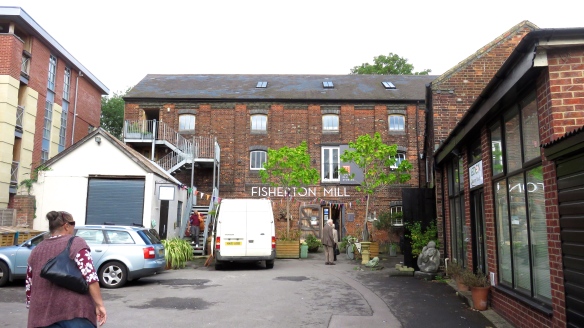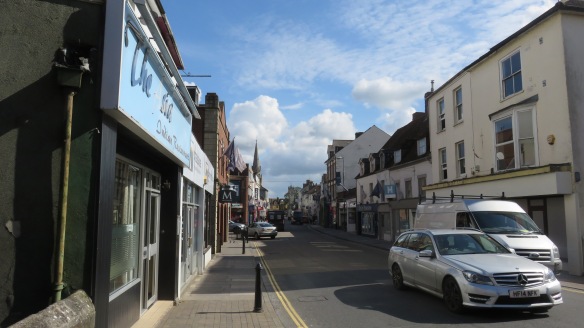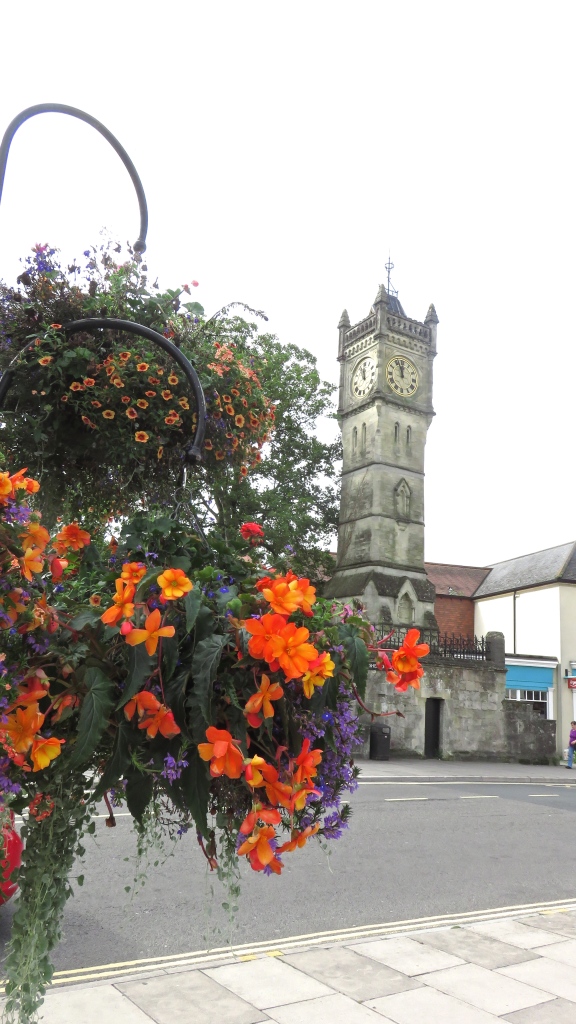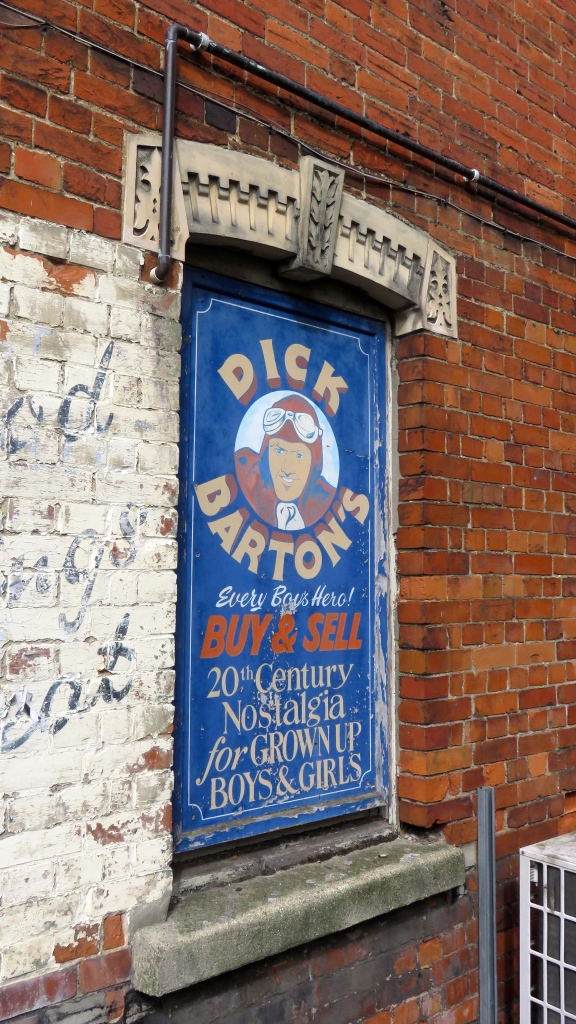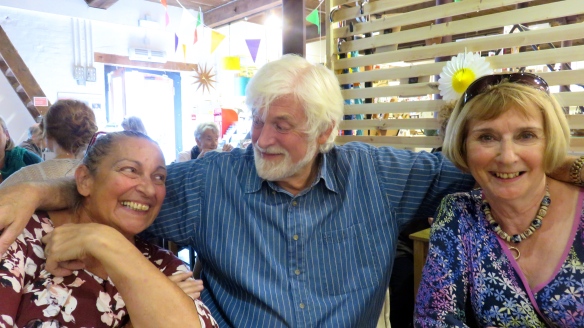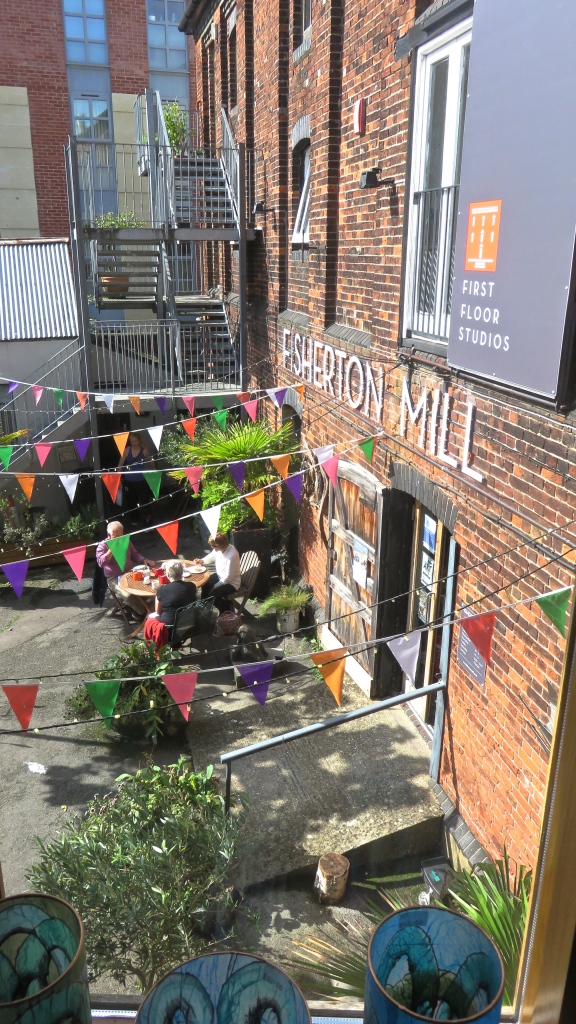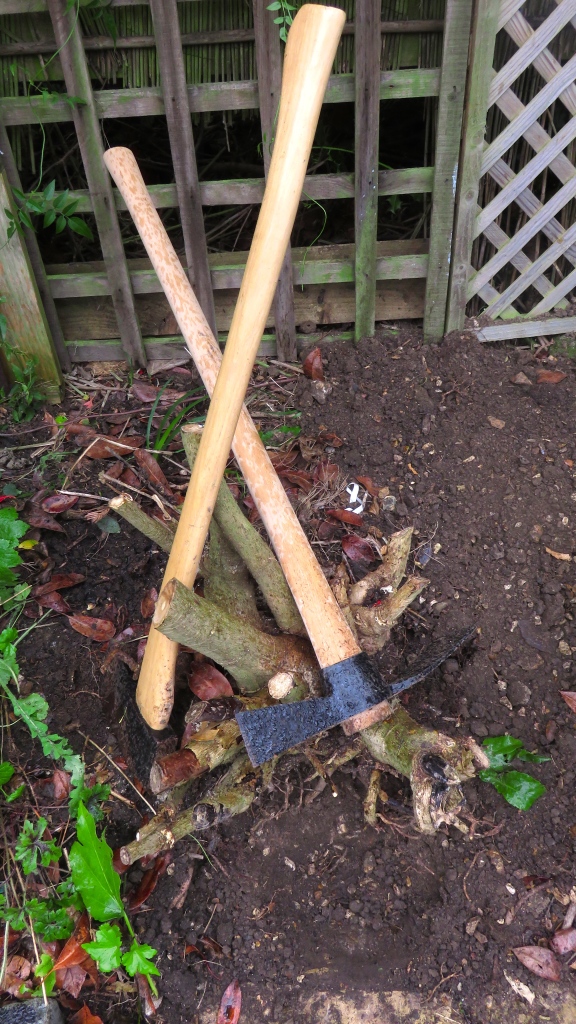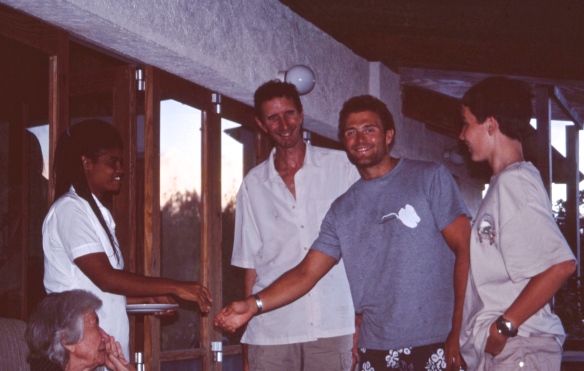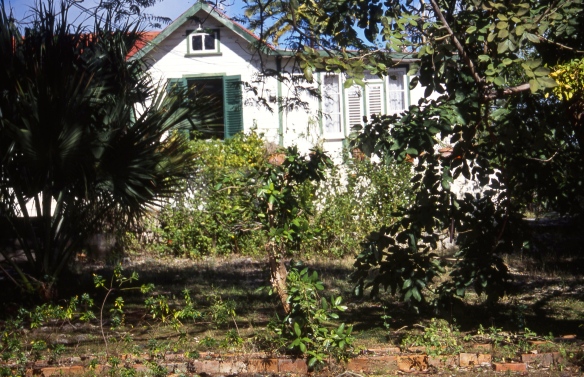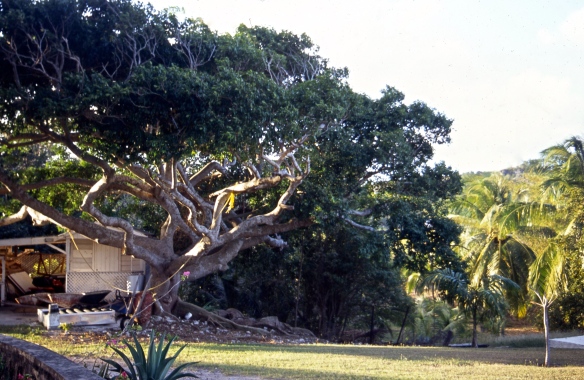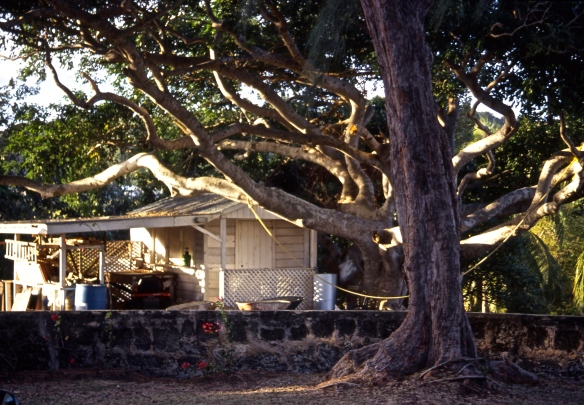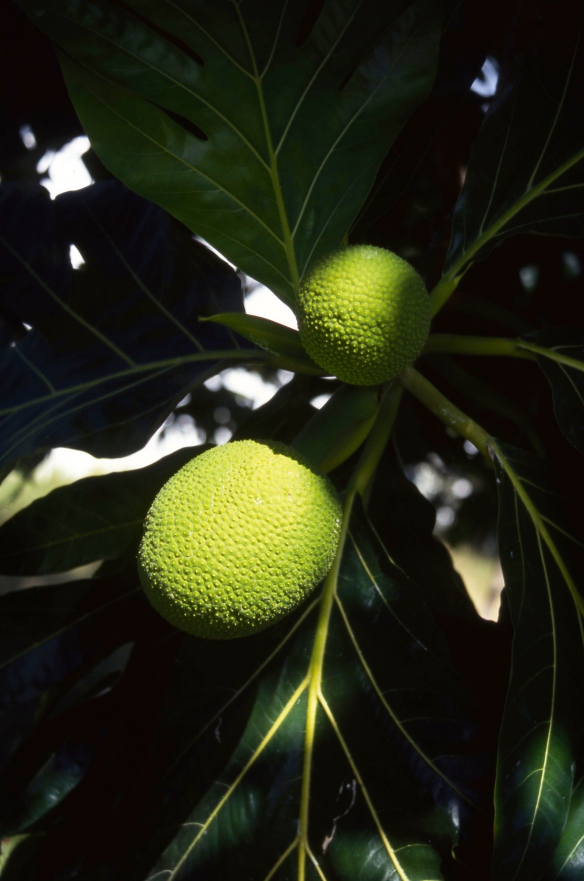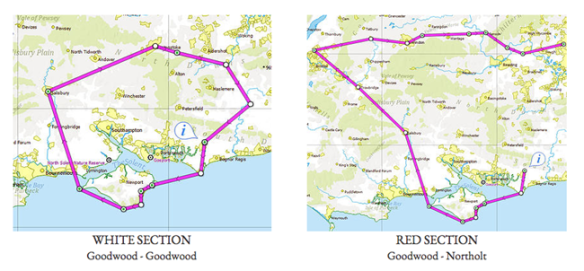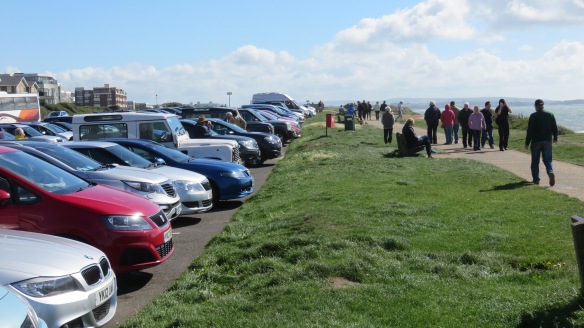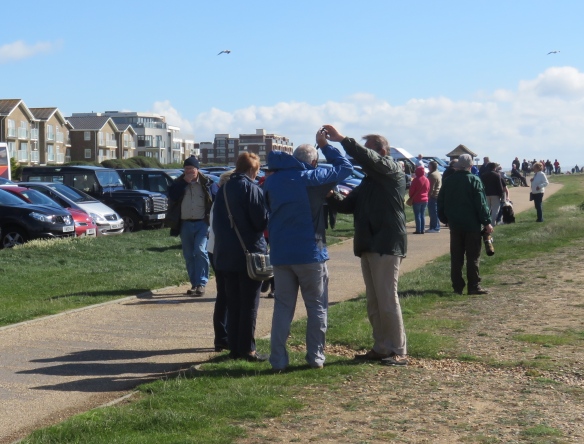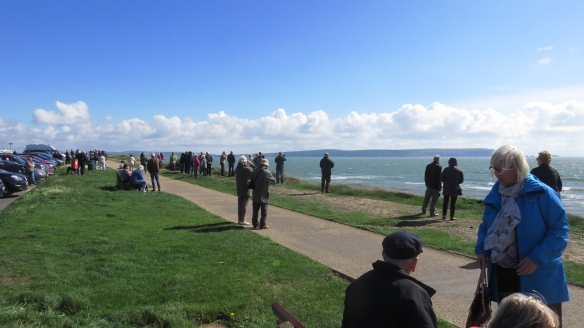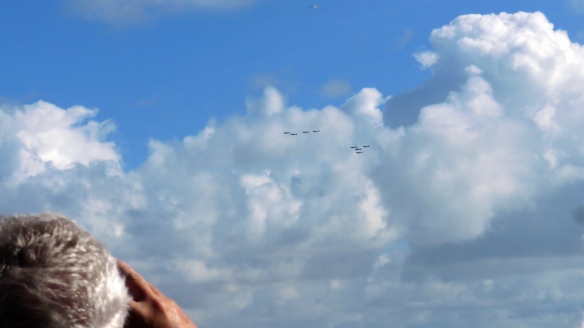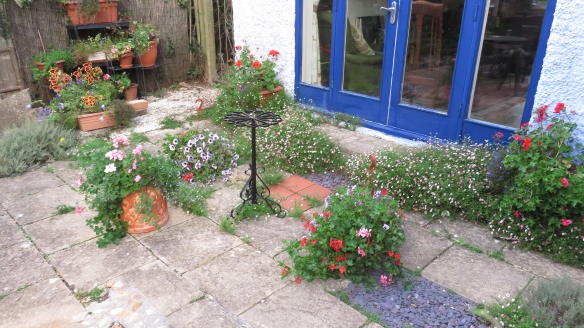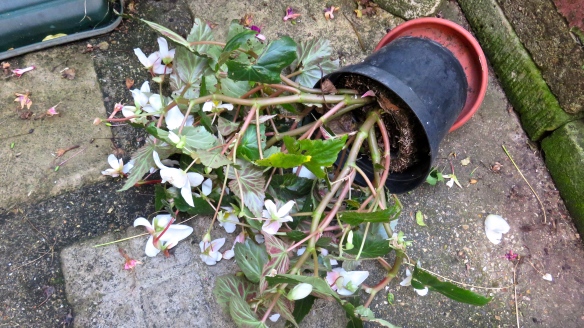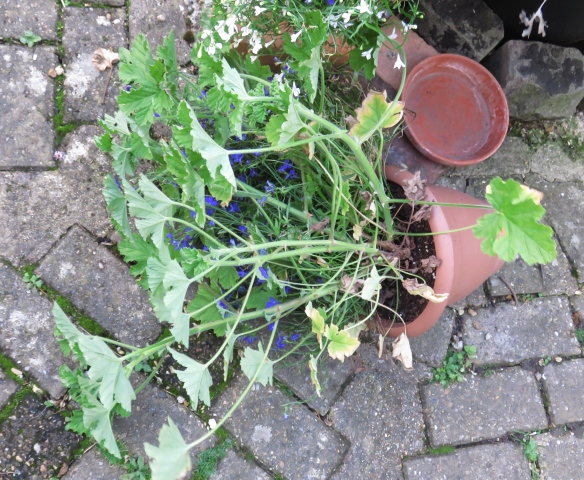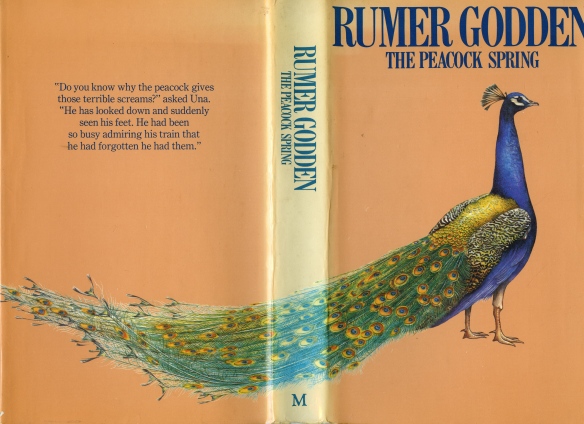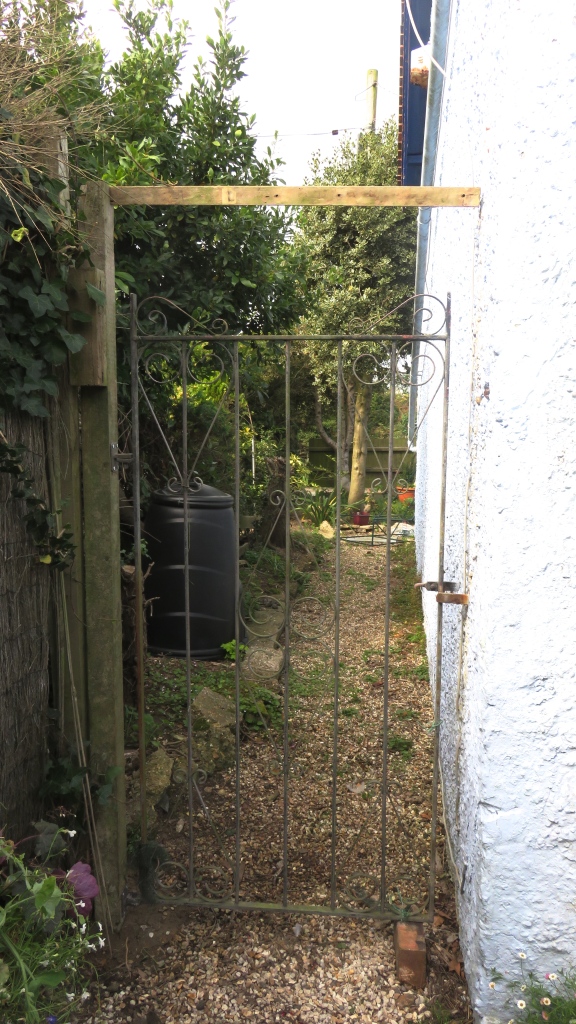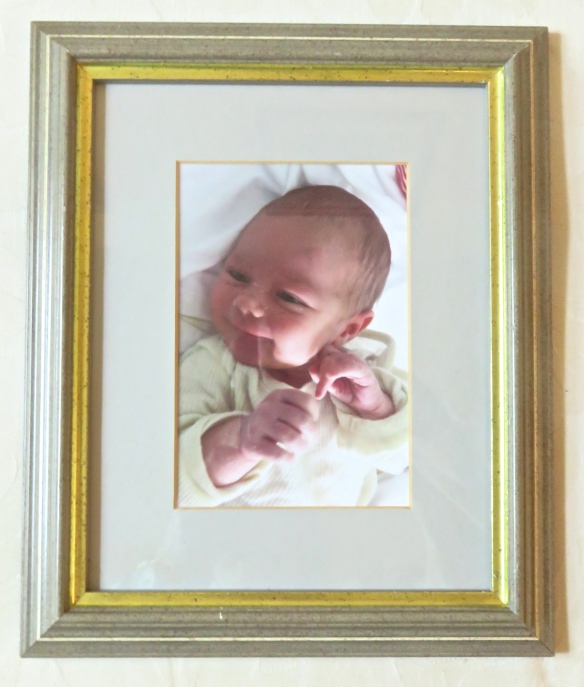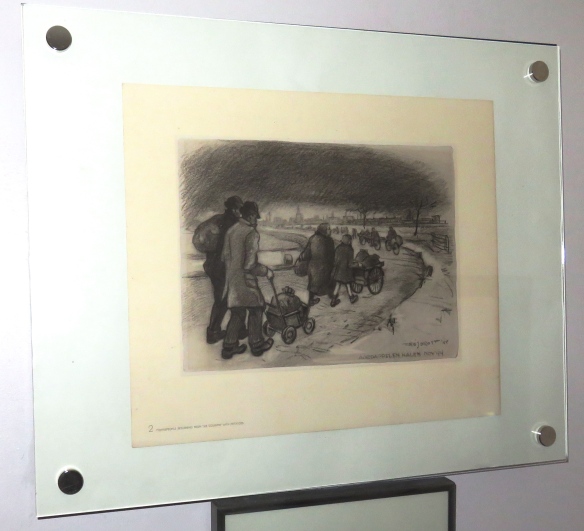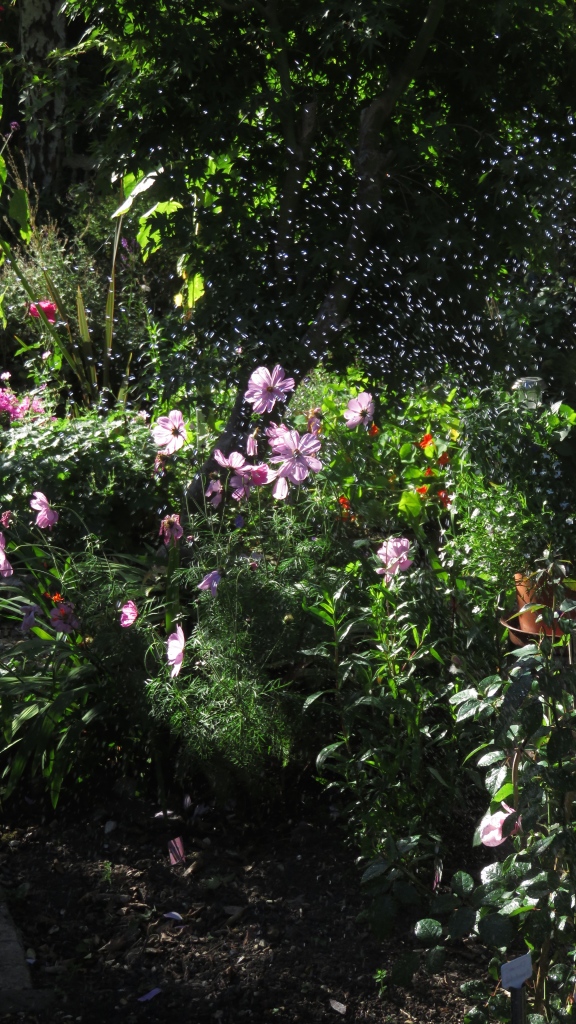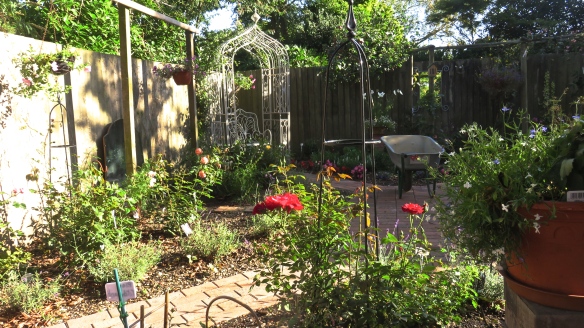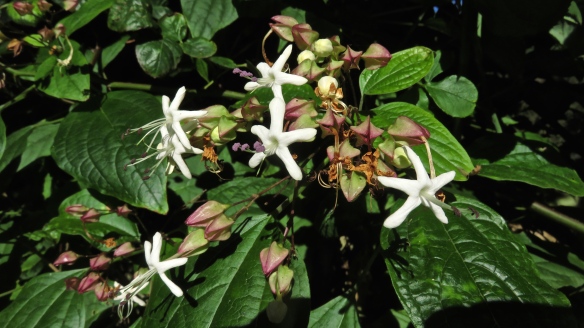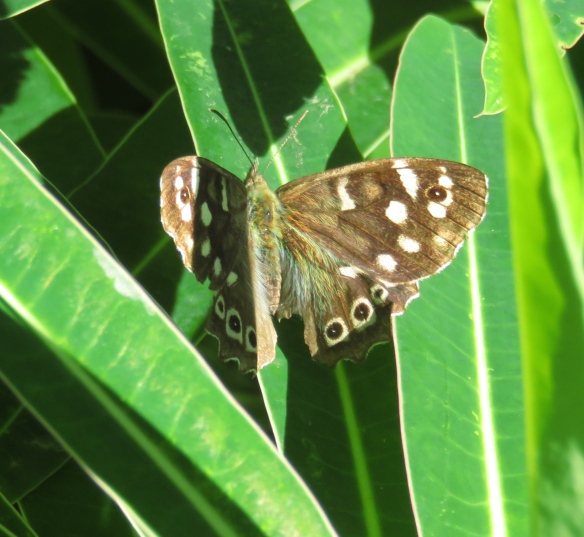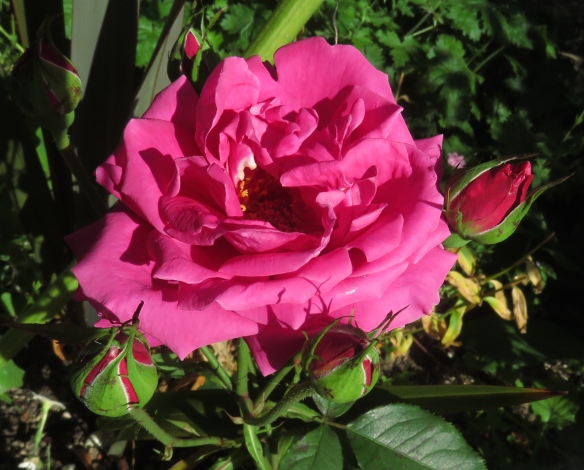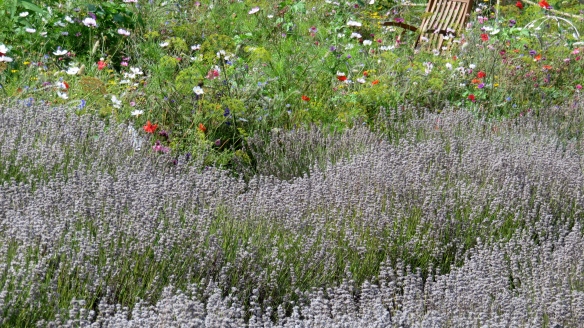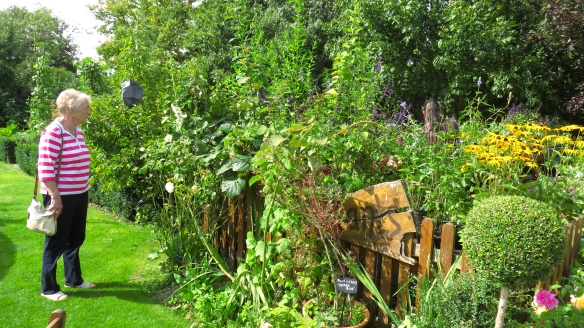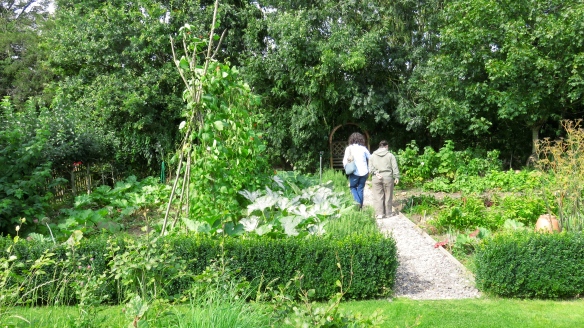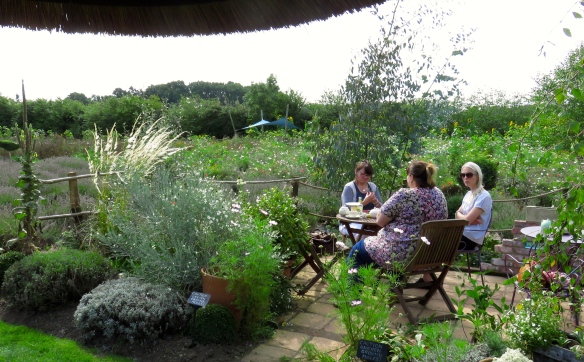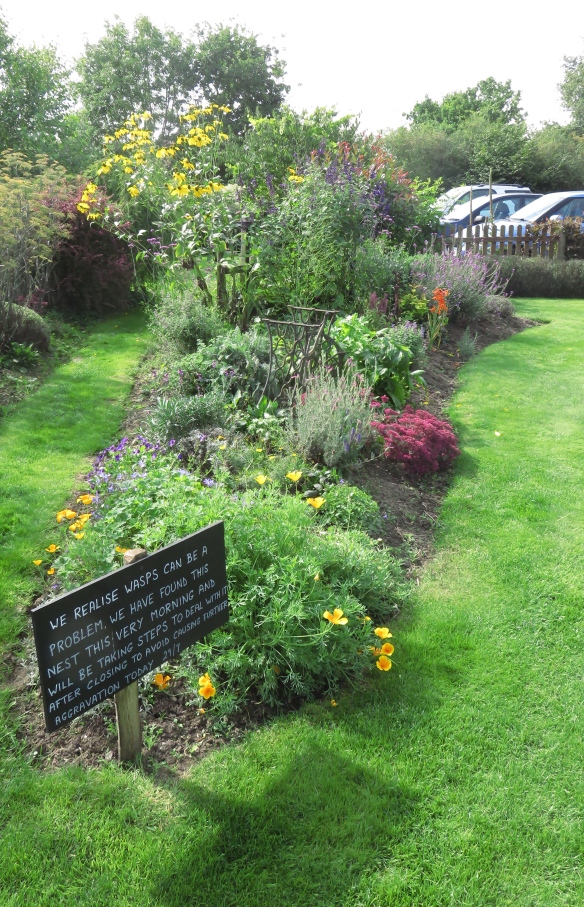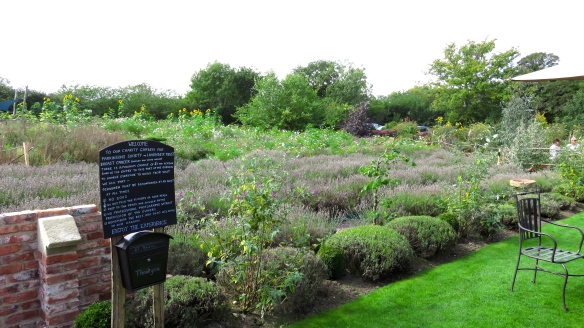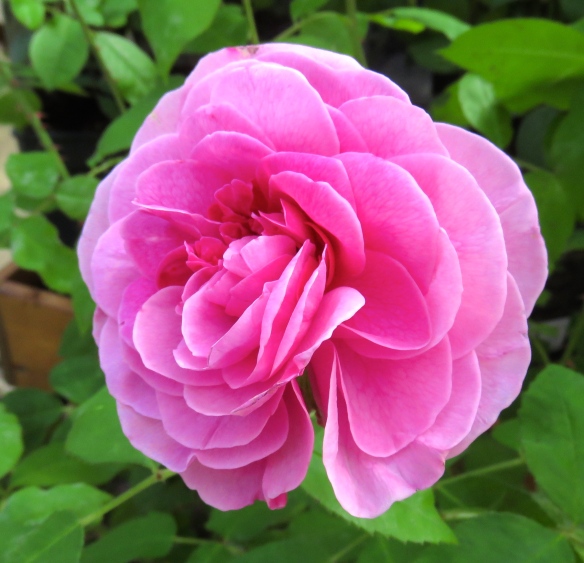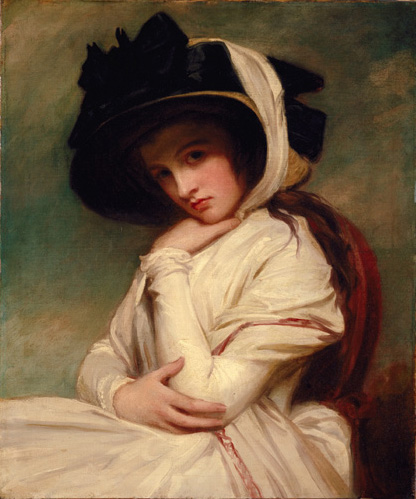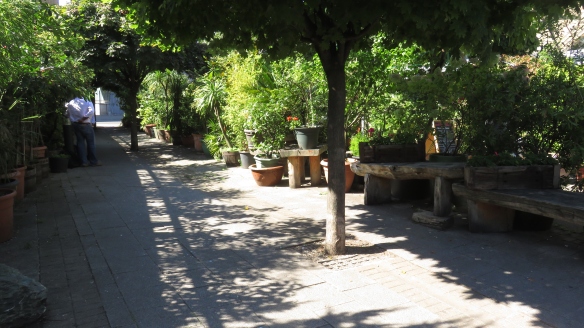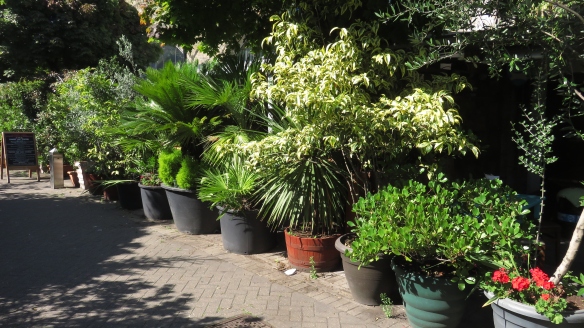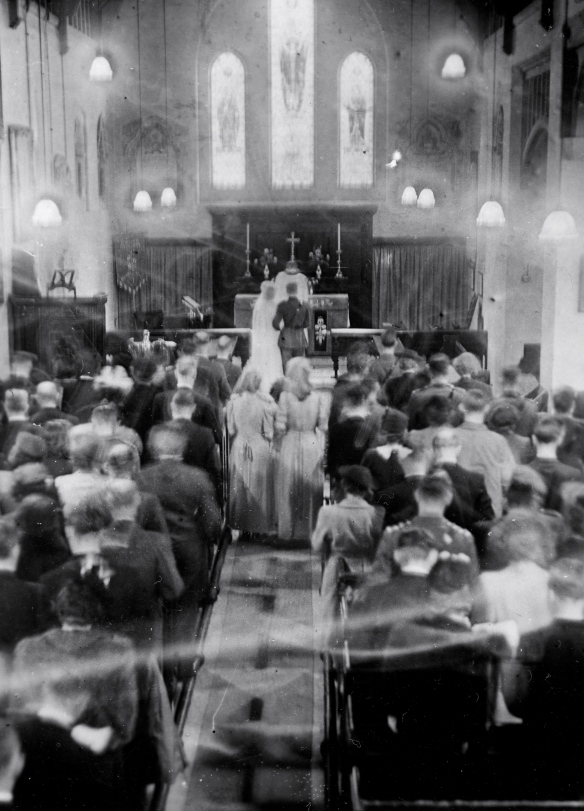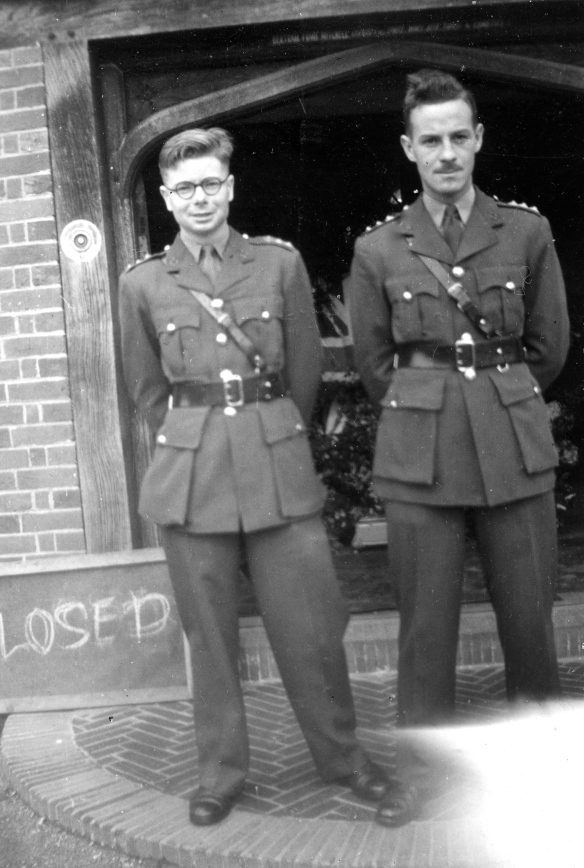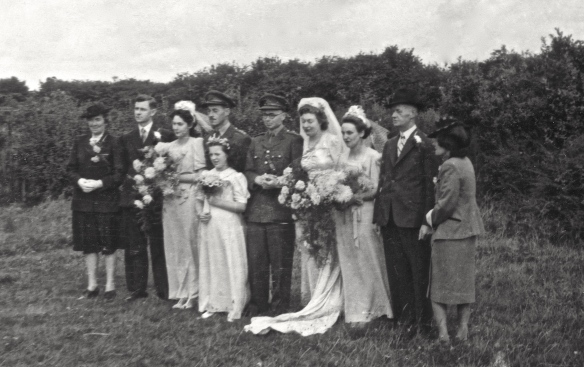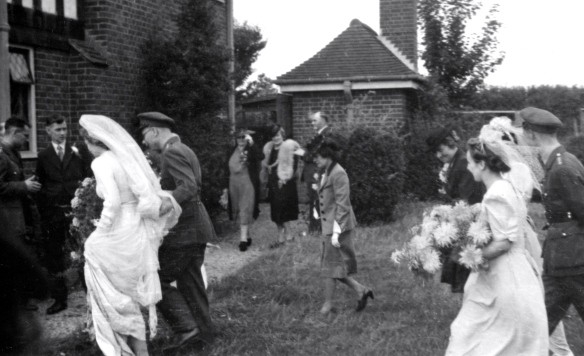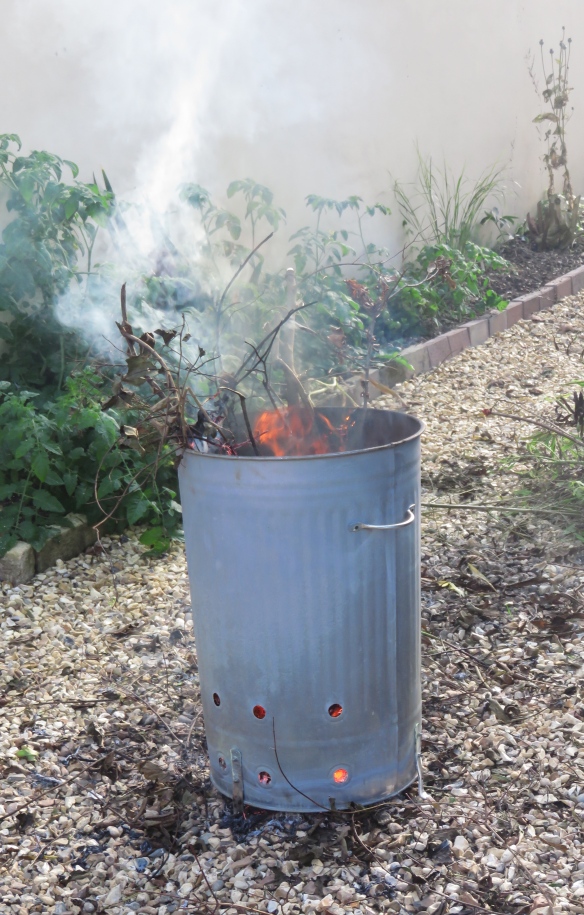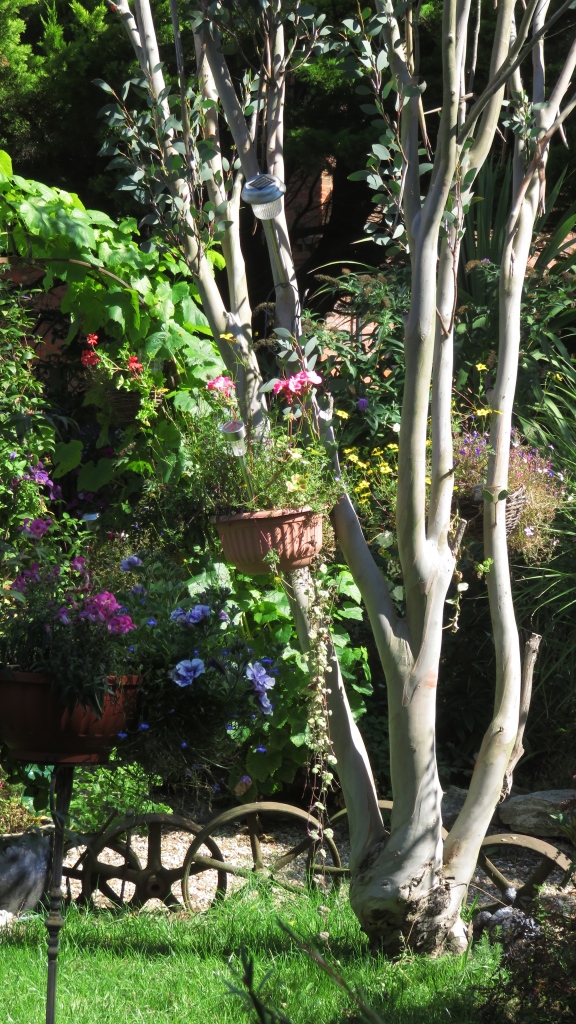This morning, Jackie drove us to Salisbury where we met Frances and her friend Jenny for lunch at Fisherton Mill.
We arrived in good time. This was fortunate, because we walked the wrong way out of Central car park and took forty minutes, which was eight times what it would have taken had we gone the right way. Our problem was compounded by being directed to The Mill public house on the river Avon which flowed round the car park.
Leaving the parking area we crossed a bridge over the stream in which a moorhen preened its plumage, snaking its serpentine grey neck and burying its red and yellow beak into motley wing feathers.
The banks of the river were lined with lichen-covered trees.
Our venue was located in Fisherton Street. Since we found ourselves at the wrong end of it we were able to take in a little tour.
Salisbury’s municipal hanging baskets splendidly flaunt the sometimes reviled begonias.
A young woman eyeing Foxtrot Vintage Clothing window looked as if she may have just stepped out of it. I wondered if the original mart may have been owned by unknown ancestors of mine. Another passer-by seemed more interested in the gold and silver on offer next door.
Water Lane’s pavement runs alongside the river, which flows under Fisherton Street.
On a wall on the opposite side is fixed an old sign advertising Dick Barton’s.
Dick Barton was the hero of required radio listening in my ’40s and ’50s childhood. Wikipedia has this to say about him:
Dick Barton – Special Agent was a popular radio thriller serial broadcast in the BBC Light Programme between 7 October 1946 and 30 March 1951. Produced and directed by such well-known British radio broadcasters as Raymond Raikes, Neil Tuson, and Charles Lefaux, it was aired in 15-minute episodes at 6.45 (later 6.15) each weekday evening. From 11 January 1947 an additional “omnibus” edition repeated all of the week’s programmes each Saturday morning between 11.00 and 12.00. In all, 711 episodes were produced and the serial achieved a peak audience of 15 million.[1] Its end was marked by a leading article in The Times.[2]
The serial followed the adventures of ex-Commando Captain Richard Barton MC (Noel Johnson, later Duncan Carse and Gordon Davies) who, with his mates Jock Anderson (Alex McCrindle) and Snowy White (John Mann), solved all sorts of crimes, escaped from dangerous situations, and saved the nation from disaster time and again.
Mum joined Chris and me in listening during those pre-television days.
It was very good to see Frances after so many months of incapacity of one kind or another. We enjoyed wide-ranging conversation with her and Jenny over an excellent lunch.
My roast beef sandwich consisted of well filled home made bread. It was delicious.
Jenny photographed Frances, Jackie, and me.
Fisherton Mill also contains galleries of top-quality artwork on two floors. Notices throughout ask us to respect the artists’ copyright and refrain from taking photographs.
It seemed acceptable to photograph the alfresco dining area through an upstairs gallery window.
On our return we nipped off to Otter nurseries and bought winter pansies and chrysanthemums for planting tomorrow.
Mr Pink’s fish and chips, picked onions and gherkins constituted our evening meal with which Jackie drank Hoegaarden and I drank Shepherd Neame’s Spitfire Kentish ale.
